A colorful Equation.......Beauty of gemstones!
Hey guys, feels good to be writing again, hope everyone that read my last post enjoyed it and learned something. I came across a footage that talked about Earth's hidden treasures which are mostly minerals, that footage gave me the inspiration of making this post.
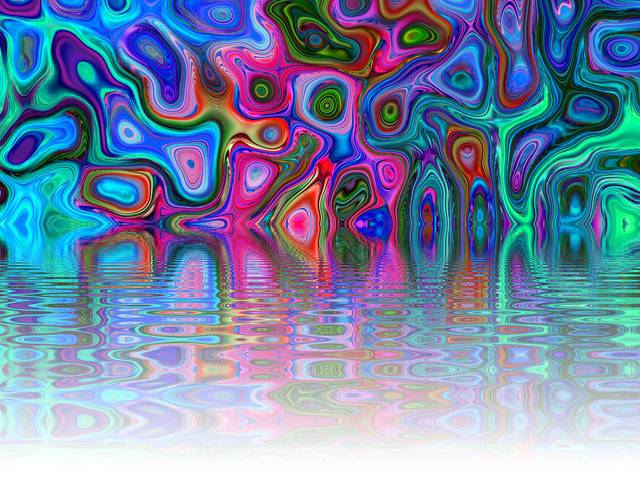
Image source:pixabay
As electrons rotate in their orbits, they give many qualities to each mineral. While crystal forms emerge from the pattern of the atoms, it is the unique chemical composition of each mineral that sets its most striking visual features .
Why are gems so precious?
Color and clarity determine the value of a gemstone. Minerals with fine crystal form can be cut into gemstone shapes but only certain rare minerals are considered gemstones. Gemologist, people who study gemstones, do so with critical eye toward preventing misrepresentation of more common minerals are rare ones. While they must have an eye for color, they go back to the clues of crystal structure, including hardness and cleavage, to determine the value of a particular stone.
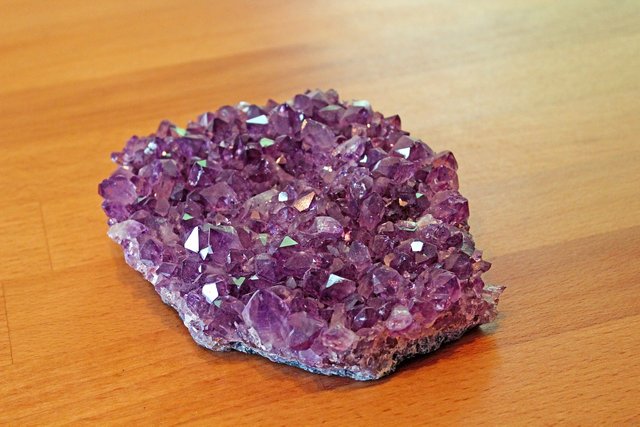
amethyst crystal
image source: pixabay
Gemstones must be durable as well as colorful, beautiful and rare. Most diamonds aren't beautiful enough to be gemstones. Instead industries use them to make other mineral substances.
Foundation of Color
One if the most obvious characteristics of a mineral is color. While some minerals have consistent coloration like gold, silver, copper and emerald other minerals come in a rainbow of different colors. Color comes from different sources. The interaction of light with the atoms in the crystal form is the foundation of mineral's color.image
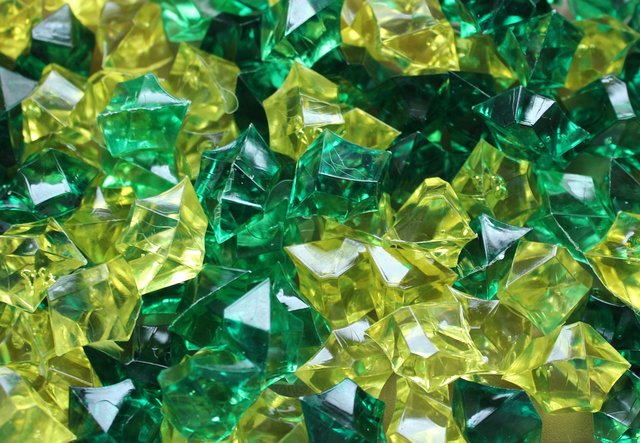
Image source:pixabay
How does it happen?
The crystal form absorbs some wavelengths of light, and reflects on the others. The reflected wavelength is the color we all see.
Although rubies and sapphires share the same Chemical composition, they come in different colors, with many hues see meaning of Hue. Minerals can be idiochromatic or Allochromatic.
idiochromatic minerals
These are minerals that have a distinct characteristics color. Sulphur is an idiochromatic mineral; it always looks Yellow.
Allochromatic minerals
These are minerals that have colors due to impurities.
Many colors, One Mineral
Quartz is such common mineral it has been given many names based on its color. Quartz has impurities and these impurities generate the Mose obvious color differences.
Many Minerals, One Color.
Minerals with purplish pink colors often contain atoms of manganese. There are a few minerals that rely on manganese do their hues of red, violet, and pink: rhodonite, red Beryl, biotite, tremolite, tourmaline, and morganite. Yet manganese causes andalusite to be green! Impurities aren't consistent on coloring Allochromatic minerals. It's the unique interaction between each crystal form and each impurity that creates vibrant color in minerals.
The primary cause of color in minerals is metal ions. Copper often cause blues and greens.
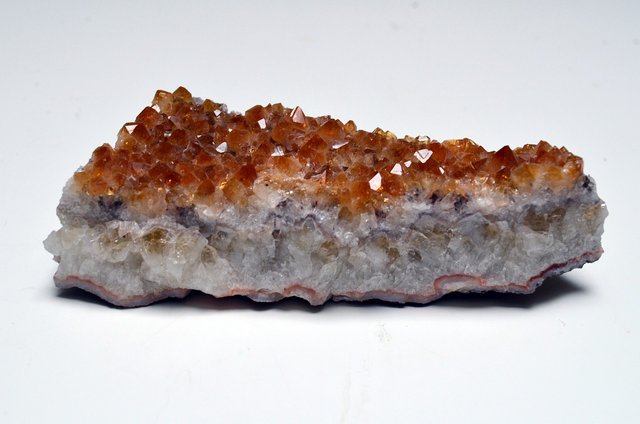
Image source:pixabay
How to know the true color of a mineral....... streak testing!
Sometimes it's tricky to determine the true color of a mineral but only one factor will tell you it's consistent color: the mineral's streak. Streak testing is done by rubbing the mineral against a dry ceramic surface, help us identify like-colored minerals. When write with a pencil you leave streak of granite behind.
Optical Illusions......Lights and it's tricks!
Light sometimes, can play tricks with the surface of a mineral. Reflection of light makes the mineral's surface look slick and glossy. Refraction of light makes the surface color of the mineral change in different spots, depending on how you hold it. Together, they form a schiller. Labradorescence is one type of schiller that shows up on the surface of labradorite. It looks like oil on water, or a soap bubble. Another schiller is opalescence, named for opal, a shimmering play of many colors across the surface of the minerals.
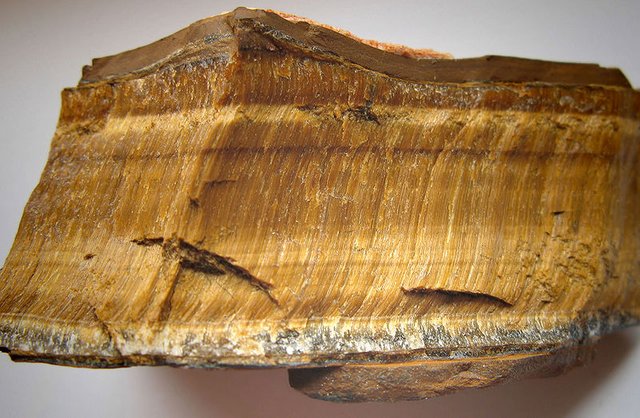
Image source:wikimedia commons
Glow stones.....Light emission!
As we know, some minerals transmit and reflect light, but not all, some emit light as well and they do so under some form of stress that excites the Mineral's electrons . Such minerals are known as Luminescent .
Photoluminescent minerals glow when light hits them. Ultraviolet light excites the electrons in some minerals, making them fluorescent, glowing in exact colors. If the minerals keeps glowing after the ultraviolet light source is shutoff, it's phosphorescent. It can continue to release trapped electrons for minutes hours, and sometimes weeks!
Cathodoluminescence is the basis for television and computer screens, since some minerals glow when you shoot a steady stream of electrons toward them, as in a cathode ray tube (CRT).
Radioluminescence happens when some minerals are bombarded with radium or X-ray's.
Minerals that glow when scratched or crunched or triboluminescent, as are wintergreen Life Savers when you crunch them between your teeth. If you hear a mineral and it glows, it's thermoluminescent. Other minerals, if splashed with or immersed in certain chemicals, will glow from the reaction between the chemical bonds.
A unique chemical stew bubbled inside each mineral as it formed, making it different from its neighbors. Not only does its base chemical composition affect how mineral looks, but so do many other factors.
Summary!
Each mineral is remarkable, expressing it's colorful equation as a feast for the eyes.......It is a visual delight
You got a 3.26% upvote from @postpromoter courtesy of @sammyutd!
Want to promote your posts too? Check out the Steem Bot Tracker website for more info. If you would like to support the development of @postpromoter and the bot tracker please vote for @yabapmatt for witness!
interesting, will need to read again! - manganese interests me as we have always had too too much in our well water, a thorny subject in that context!
Thanks